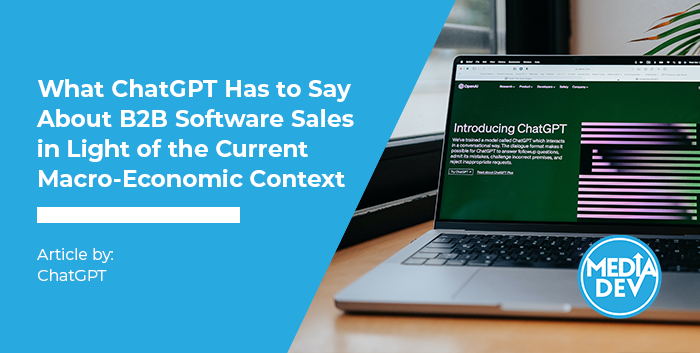What is a crush campaign, you ask? Despite popular belief, it’s not a campaign you really like a lot (although I suppose it could be!) A crush campaign is a marketing initiative designed to target companies that deploy your competitors’ solutions, and “plant the seed” to get them to start thinking about switching to yours.
Of course, this is not an immediate and instantaneous plan to boost sales. It takes time and thoughtful preparation to initiate since your target audience is already using something else — they’ve invested in another solution so getting them to make a change will take some level of patience. And the right timing.
I kind of equate this to car sales. If you are looking to sell cars, you’ll probably have a hard time if you only target potential buyers that don’t currently own one. So a crush campaign in this instance is like targeting people that already own a car (that’s not the brand you’re selling). And again, timing is key. If I just bought a new car 3 months ago, I’m probably not going to get rid of it and buy another new car anytime soon; however, if I bought one several years ago, and I’m not happy with it because it constantly breaks down … that’s another story.
The same is true with software. If my business just invested in a software solution, I’m going to want to see ROI. I’m not going to replace it after a couple of months of use, regardless of whether or not I hate it. However, a system that was deployed many years ago that users have challenges with (or other identifiable pain points that significantly impact business productivity) is another story.
So how can you design a crush campaign that will help take back market share down the road? Here are some tips to help get you started.
Know your competition
In order to position your product as being better than that of your competitors, you need to know how their solution works inside and out. What are the main criticisms that their users complain about, and how does your solution address those issues? What are the key areas that make your solution better in comparison to them? What selling points do you have that can get users to see how your solution is more efficient? Will you help them migrate to your solution when they do decide to make a change?
Profiling companies using competitive solutions can be a good first step as you’ll need to nurture them over time to get them to consider switching. Understanding potential pain points will help you create content to hone in on those problem areas specifically. You’ll need to create a qualified database of companies and contacts that you can target — for that you’ll need to do some market research to know what types of businesses (company sizes, industries and geographical locations) are most interesting for you to go after, and what competitive solutions they deploy.
If you already have a list of prospects, now is the best time to make sure it’s up to date, especially considering there are recent movements in your target companies and roles after the pandemic disruption.
Effective (multi-channel) storytelling
Community management is essential for solution storytelling. Knowing where key decision-makers in accounts deploying competitive solutions hang out will help you target the right people; forums can be a great place to get information about user issues. You’ll need to put in place a surveillance method so that you are able to capitalize on information that’s out there, and respond to potential opportunities quickly.
Using a variety of techniques (social media management, drip emailing campaigns and content promotion) can ensure that you are reaching your audience across channels and effectively putting forward your competitive edge.
Peer-to-peer interviews
Engaging in discussions with key decision-makers in companies deploying competitive solutions can help you better understand their frustrations. It can help initiate the education process by inviting prospects to learn more about your solutions through targeted brand awareness initiatives. If you organize webinars, this can be a great tactic to get people to attend as you can highlight one-on-one the advantages that will be covered. It enables you to counter-argue any preconceptions they may have about your solution so that they’ll be more open-minded to learning about the benefits. Once you’ve nurtured these prospects for some time, peer-to-peer outreach is a great way to confirm interest in a sales meeting, and scheduling it right then and there. Prospects appreciate this kind of personalized customer service which may be lacking with their current provider.
Conduct win-loss interviews
Understanding why you won or lost a deal will also help you improve your sales cycle so that you don’t continue to lose more business to your competition. Arranging win-loss interviews after a sales cycle is complete is a great way to get in-depth knowledge about what you did right, or what went wrong. Whether you often lose business to your competitors or not, this will help you gain a strong-hold on your market segment, and may help you gain back market share down the road.
Crush away!







